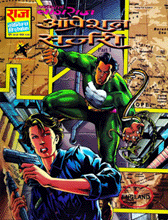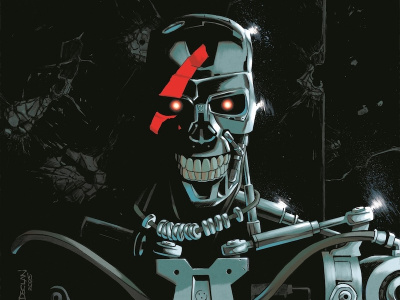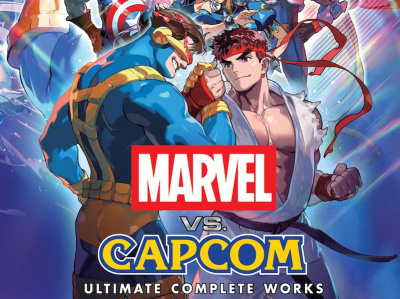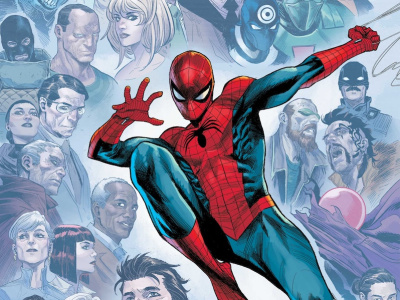
Confessions of a Comic Book Guy is a weekly column by retailer Steve Bennett of Super-Fly Comics and Games in Yellow Springs, Ohio. This week, Bennett looks to India for the next big thing in comics:
Well, it’s been a week and panel reports from Comic-Con are still coming in, but considering the heat and congestion most of them have reported, there’s something to be said for staying home and reading about it online. Or, considering how important Comic-Con has become to the bottom line of corporate America, maybe it’s time some of it was televised. I hate the idea of Comic-Con being used by E! as an excuse for yet another Hollywood Red Carpet Walk of Shame, but I mean, when there are more people wanting to get in than can, shouldn’t at least some of the panels be cast in either pod or video form?
Speaking of which, one announcement that went pretty much unreported except on some of the anime sites, is the news that the Stan Lee and Hiroyuki Takei collaboration, Ultimo, is going to be serialized in Shonen Jump beginning with the September issue. I don’t imagine a lot of your customers have exactly been clamoring for new work from Stan; still, this gives me an excuse to start buying Shonen Jump again.
Not long ago I read a piece at the Japan Times Website about Tatsuo Yoshida, the creator of Speed Racer, where he said he created Speed because (a) car racing was popular in America at the time and (b) he’d seen American films and felt an intense longing for an American family lifestyle (he also went out of his way to express admiration for the art style of the Superman and Batman comics of the 60s). Plus there was the surprising news that Speed Racer had never been that big a hit in Japan and always had the American market in mind. This is interesting given how incredibly insular most of the manga being translated are; sure most of the stories have universal themes and characters anyone anywhere could relate to, but they are also very specifically about the Japanese experience and intended for the indigenous Japanese audience. Not that there’s anything wrong with that, in fact I’d say a large part of manga’s appeal worldwide can be directly attributed to its exotic “otherness.”
After WWII, America was tremendously influential on Japanese society so it’s only fair Japanese popular culture was so readily adopted in so many parts of the world. However, as I’ve suggested in previous columns, in America that popularity only goes so far. Maybe it’s because manga is so "other," so narrowly focused on the Japanese experience, which has prevented it from growing past the banks of its early adopters. Hardcore American fans may read manga and happily absorb lessons about Japanese culture, customers, costumes, etc., but that might be just too much work for a lot of readers.* A declining readership in Japan and the growing global market is creating more American/Japanese co-productions which hopefully will turn the manga invasion into more of a cultural exchange.
But the truth is Japan is so 15 minutes ago. If you’re looking for the next, for the new, well, I’d start looking to India. I’ve been watching Bollywood movies for years and it’s always a little amusing seeing something that was once so outré moving into the mainstream. Snoop Dogg just finished a cameo in an Indian movie musical, the next Disney Cheetah Girls movie is titled One World, the plot revolving around the girls trying to break into Bollywood – there’s even a guy named now Raja attending Riverdale High in the pages of Archie Comics.
When it comes to Indian comics in
America you usually think of Virgin’s retelling of Indian mythology, but they have the potential to appeal beyond their niche audience.
I was blown away by the Indian artist named Mukesh Singh whose work I found in
Devi/Witchblade #0;
Marvel or DC would be lucky to have him working for them. I’ve even taken to looking at the glossy artwork of Indian comics I’ve found online and have been enjoying the adventures of Nagraj.
In
America, a snake motif indicates a villain, but Nagraj is the enemy of international terrorism, using his ability to generate snakes out of his own body (eww!) to battle evil.
You’re probably asking that old question: what, exactly, does any of this have to do with us? Given the growing Indian population of this country, it’s only a matter of time until publishers begin catering to them. Maybe then those Nagraj comics will get translated and I’ll finally be able to read them.
* Kind of like the way I feel about epic fantasy--if before you start a novel you have to go to the back of the book and study a glossary, atlas, and family tree of the major characters to understand what’s going on, it’s probably not for me.
The opinions expressed in this Talk Back column are solely those of the writer, and do not necessarily reflect the views of the editorial staff of ICv2.com.









